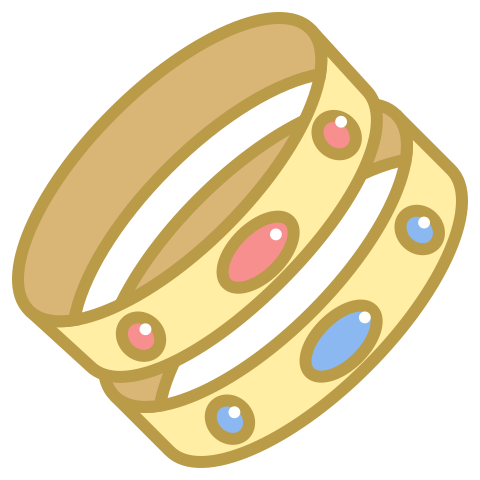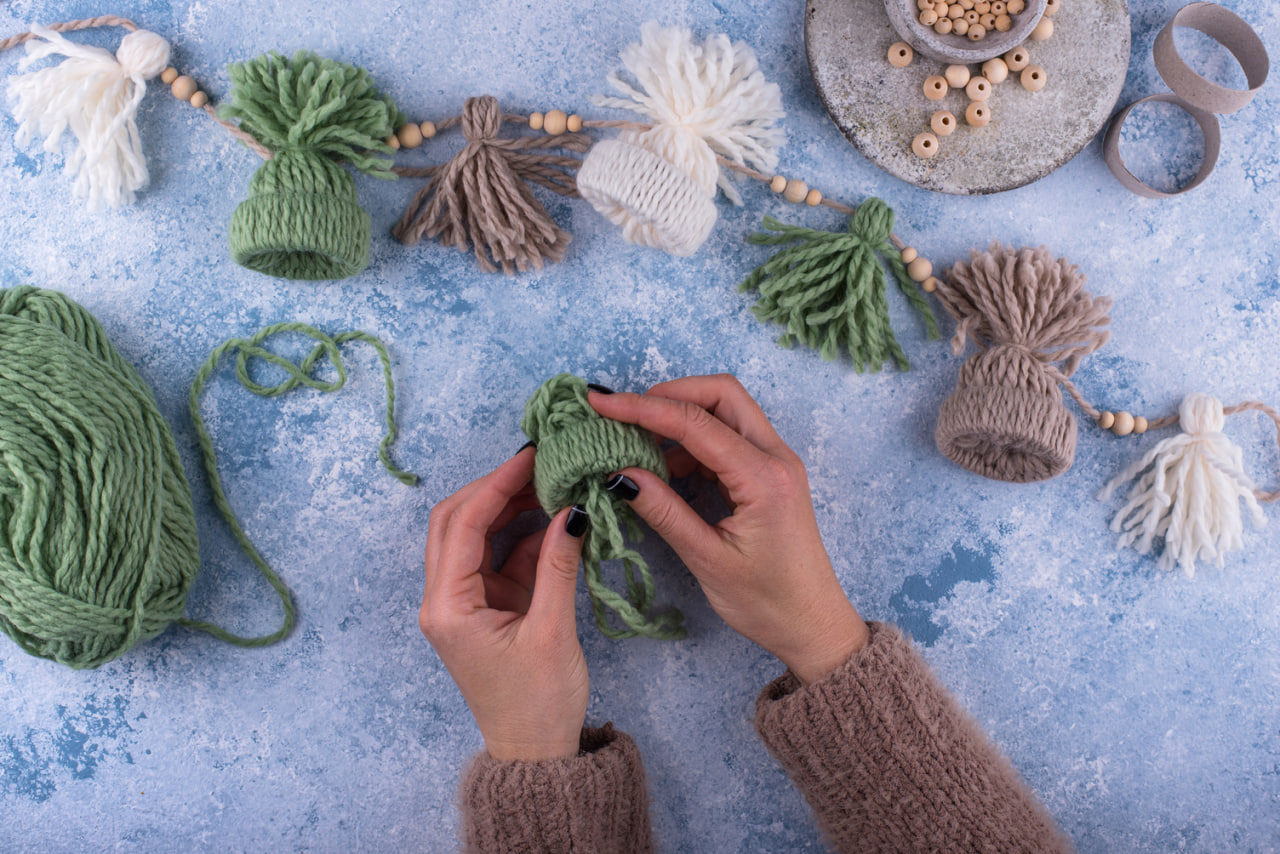From Concept to Creation: Designing Your First Accessory Collection
Designing your first accessory collection can be an exciting and transformative experience. It allows you to explore your creativity, express…
Designing your first accessory collection can be an exciting and transformative experience. It allows you to explore your creativity, express your personal style, and develop skills that are essential in the world of fashion. While it may seem daunting at first, following a structured process from concept to creation ensures that your designs are both cohesive and professional.
Finding Your Inspiration
Every successful accessory collection begins with a spark of inspiration. Look for ideas in nature, architecture, art, or everyday life. Pay attention to textures, colors, shapes, and materials that resonate with your vision.
- Mood Boards: Compile images, fabrics, colors, and sketches that capture the overall aesthetic of your collection.
- Trend Research: Stay informed about current trends in fashion accessories to ensure your designs are relevant and marketable.
- Personal Style: Incorporate elements that reflect your unique perspective and creative voice.
This stage is about exploration and discovery. Don’t limit yourself; gather a variety of ideas to help shape a strong foundation for your collection.
Sketching and Concept Development
Once your inspiration is clear, start translating your ideas into sketches. Sketching allows you to visualize your concepts and experiment with shapes, proportions, and combinations.
- Thumbnail Sketches: Quick, small sketches help you explore multiple ideas rapidly.
- Detailed Drawings: Refine your favorite designs with accurate details, textures, and measurements.
- Iterative Process: Continually revise and refine your sketches to improve design cohesion and functionality.
Concept development also involves deciding on the overall theme, color palette, and materials for the collection. This ensures that all pieces feel connected and part of a larger vision.
Material Selection and Prototyping
Choosing the right materials is critical for the success of your accessories. Consider the functionality, durability, and aesthetic of each material to enhance your designs.
- Fabrics and Leathers: Select textures and finishes that complement your concept.
- Metals and Hardware: Choose quality components for clasps, buckles, and decorative elements.
- Prototyping: Create sample pieces to test your ideas in real life, identify any design issues, and refine construction techniques.
Prototyping bridges the gap between concept and production. It allows you to troubleshoot and ensure that your designs are practical and wearable.
Crafting and Assembly
With refined prototypes, you can begin crafting the final pieces. This stage involves precise construction techniques and attention to detail.
- Sewing and Assembly: Apply your skills to create clean, professional seams and finishes.
- Handcrafting Elements: Add unique touches like embellishments, beading, or engraving to make your pieces stand out.
- Quality Control: Inspect each piece carefully to ensure it meets high standards and aligns with your original concept.
Attention to detail during crafting elevates your accessories from basic items to pieces of art.
Presenting Your Collection
After completing your collection, presentation becomes essential. Whether you aim to sell your designs, showcase them online, or present to buyers, thoughtful presentation enhances their appeal.
- Photography: Capture your accessories with high-quality images that highlight texture, color, and detail.
- Branding: Develop a consistent visual identity for your collection, including logos, packaging, and promotional materials.
- Storytelling: Share the narrative behind your collection to connect with your audience emotionally.
A well-presented collection communicates professionalism and helps your designs leave a lasting impression.
Launching Your First Collection
Finally, it’s time to share your work with the world. Consider starting with online platforms, social media, or local markets. Gather feedback, learn from the experience, and use it to improve future collections.
- Marketing and Promotion: Utilize social media, blogs, and newsletters to reach your audience.
- Networking: Connect with other designers, stylists, and potential buyers for collaboration and exposure.
- Continuous Improvement: Reflect on what worked and what could be refined for your next collection.
Launching your first collection is both a learning experience and an opportunity to establish yourself in the accessory design industry.

